Review: Samsung Galaxy J3 for Boost Mobile
Feb 16, 2016, 9:00 AM by Eric M. Zeman
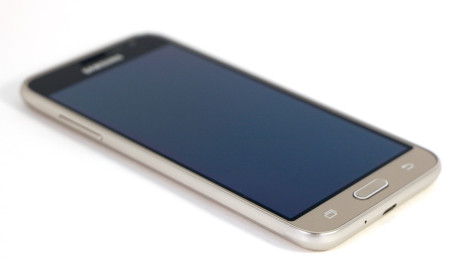
The Galaxy J3 may not look like much, but it performs far better than its meager price point would suggest. It's not perfect, but this low-cost Android smartphone for Boost Mobile is a good pick if you're looking for something in the middle of the pack. Here is Phone Scoop's in-depth review.
Hardware
Is It Your Type?
It you want something that's a cut above most budget phones, but don't have the bankroll to pay for a flagship, the Samsung Galaxy J3 is a solid pick from Boost Mobile's lineup. Its looks are just above plebeian, but it performs well enough that it should be given at least some consideration.
Body
The Galaxy J3 is average in every sense of the word. It carries forward Samsung's buttoned-down design language, and combines it with mid-grade materials and reasonably good build quality. It's the type of phone that feels like it matches its price point ($180) pretty well.
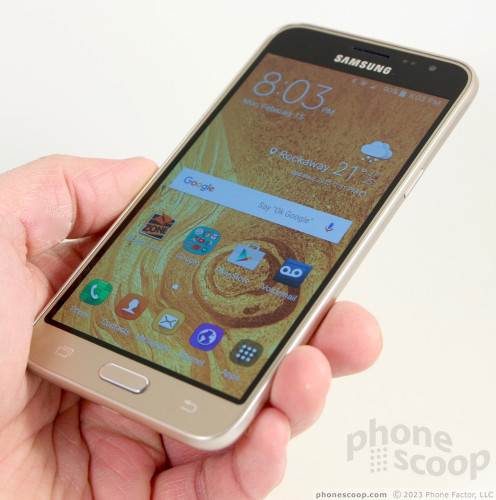
Samsung hopes the J3's gold coloring will catch your eye. There's no doubt some will find the gold shell well-matched to the black glass. It's a classic color combo. Unlike the attractive, gold, metal frame of the S6 or S6 Edge, however, the J3's gold exterior is plastic through and through. You can tell as soon as you touch it. The phone has a polycarbonate frame with a plastic rear panel. The frame is a bit shinier than the panel, which has more of a matte finish. It's just enough of a difference to set them apart. The J3 is trying just a bit too hard to look classy and elegant and doesn't quite pull it off.
The J3 has what I've come to define as a "normal" size for phones made in 2016. The 5-inch screen necessitates a minimum set of dimensions. It comes in at 5.6 inches tall by 2.81 inches wide and 0.32 inches (8mm) thick. It has a rather boring shape, with rounded corners and somewhat chubby side edges.
I'm able to hold and use the J3 quite easily. It's comfortable all around. The materials do feel slightly cheap to me, but the overall effect could be a lot worse. The frame certainly feels strong, but the rear panel feels like something recycled from Samsung's 2012-era parts bin. The joints aren't the tightest I've seen. The J3 is smooth, light, and just compact enough that I was confident to walk around gripping it in my hand. Sticking the J3 into your pocket is no issue at all.
The gold frame helps define the J3's face nicely, as it contrasts with the black screen. The frame forms a very thin rim around the screen, but not enough to really protect the glass if the phone is placed face down. Samsung firmly believes in physical buttons, which means you'll find a large home button below the display flanked by capacitive keys for multi tasking and navigating back. The home button has a huge profile — almost too huge — making it easy to find. The button wiggles around a bit, which I am not thrilled about, but travel is great. The capacitive buttons work fine.
The volume button is the lone control placed on the left edge. It's rather thin, but the profile makes it easy enough to find and use. Travel and feedback are good, although I'd like for there to be a nub or something on the down/up sides to make them easier to differentiate. The screen lock / power button mirrors the volume toggle on the right edge, but is much smaller. The button is just big enough that I was able to find and use it without issue. Like many phones, the headphone jack is on top and the micro USB port is tucked into the bottom edge.
On the back surface you'll see the square-ish camera module, with an LED flash to the left and two thin openings for the speakerphone to the right. I found the rear plastic panel easy to remove; it feels as flimsy as most Samsung plastic shells. The battery is removable, and in fact must be pulled in order to access the SIM card. The memory card slot is stacked on top of the SIM card slot, but can be accessed with the battery in place.
That's pretty much it. The Galaxy J3 soldiers forth with little fanfare. What it lacks in personality I suppose out makes up for in raw usability.
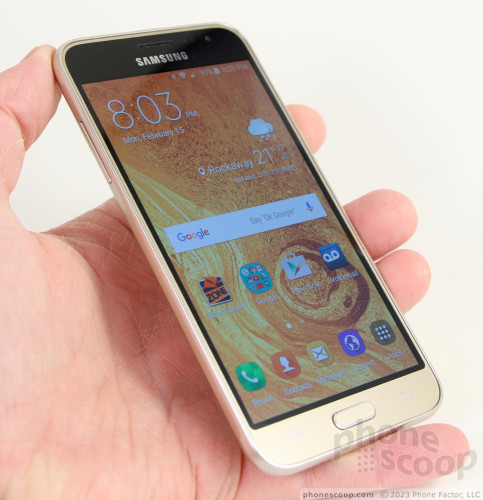
Screen
A 5-inch, 720p HD panel adorns the front of the Galaxy J3. This is a good size/resolution combination, and Samsung's OLED screens have always been impressive. Everything on the screen is clear and easy to read. The phone delivers excellent brightness, high contrast, and impressive viewing angles. I was able to use the phone inside and out without trouble, even under bright, sunny skies. It's a fine screen, especially for a phone at this price point.
Signal
Like the LG Tribute 5, the Samsung Galaxy J3 is being sold by Boost Mobile. That means it effectively runs on Sprint's network. The J3 mirrored the Tribute 5's signal performance almost exactly. The J3 easily connected calls everywhere I took the phone, and never missed nor dropped any calls — even when speeding down the highway. The J3 is a better data device than the Tribute 5, and consistently delivered quicker web browsing speeds, app downloads, and app refreshing speeds (think Facebook and Twitter). When used to stream Spotify over LTE, the J3 handled the "average" quality setting (about 96 Kbps) with no problem. It gave me trouble, however, when I jumped up to the highest quality setting, which boosts the rate to more like 256 Kbps. Ditto for video apps like YouTube. It handled SD video over LTE just fine, but it choked a bit when asked to stream HD.
Sound
People who actually use their phone to make calls will probably be satisfied with the J3's performance. The earpiece delivers a reasonably solid experience as far as volume is concerned. It's cleanly audible in most places when the phone is set to about 60%. Boosting it all way up ensures you'll hear convos at home, in the office, walking around the mall, or hustling down a busy city street. Quality suffers a wee bit when the volume is maxed out thanks to a small amount of distortion, but I've heard much worse. People thought I sounded good when I spoke to them through the J3.
The speakerphone is a bit below average in terms of quality and volume. Calls coming through the speaker are scratchy and hard to hear.
It was no surprise, then, that I found the ringers to be lacking in the volume department. I missed a couple of calls because I didn't hear the phone. The vibrate alert is just barely vibrate-y enough.
Battery
Samsung gave the J3 a decent-sized battery. At 2,600 mAh, it matches that of the higher-powered, bigger-screened Galaxy S6. With a lower-key processor and a lower-res screen than the S6, the J3 is able to make better use out of the battery. In other words, it blasts through an entire day with ease, and leaves plenty of power to spare at the end of the night. I routinely found the phone with 35% or 40% battery remaining at bedtime, no matter how much I used it throughout the day.
Even so, the J3 has Samsung's Power Saver mode and Ultra Power Saver mode. I doubt you'll ever need them, but each has its benefits. The former tones down the screens, notifications, and the processor to eek out a bit more life. The latter puts the phone into basics mode with a greyscale screen to push through hours of basic communications.
The J3 doesn't support wireless charging, nor rapid charging.
Bluetooth, GPS, NFC, WiFi
I didn't encounter any deal-breaker issues using the J3's various other radios. The Bluetooth functionality worked flawlessly as far as the pairing and connecting process was concerned. No problems whatsoever. Call quality was mediocre via mono headsets, though, and music wasn't up to par when pushed through my best speaker (which is odd).
The GPS radio located me in less than 5 seconds, but accuracy was never better than about 100 feet, which is way below par. Many phones are accurate to 10-25 feet.
WiFi worked great. The J3 doesn't have NFC.
Software
Lock Screen
Samsung offers a pretty decent lock screen on its handsets these days. The basics include a large clock positioned at the top of the screen, followed by notifications, and, at the bottom, shortcuts to the phone and camera apps. This is pretty standard for most Android devices.
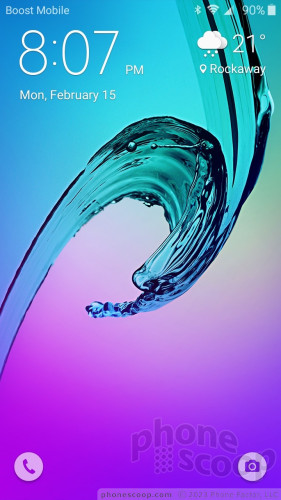
During initial setup, Samsung suggests you set a PIN for the phone to secure it, but it also supports patterns and passwords. You can choose to skip a security tool, but I don't suggest it in this day and age. The J3 doesn't have biometrics (fingerprint, iris detector) to secure the phone, so you have to stick with the old-hat stuff.
You can choose to view all your notifications on the lock screen (including sender and content), hide the content (just a raw "you have a text" notification), or keep the lock screen free of notifications altogether. I also like that you can really dial in exactly which apps are allowed to push notifications to the lock screen. You can elect to show the clock and/or weather if you want, or turn these off, but you can't add more app shortcuts to the lock screen.
Home Screen
The Galaxy J3 runs Android 5.1 Lollipop with Samsung's UI on top. It would have been nice to see the J3 ship with Android 6.0 Marshmallow. In general, the Android architecture is present and works on the J3 as you'd expect, but it is slathered with a heavy dose of Samsung-designed fonts, themes, wallpapers, and icons.
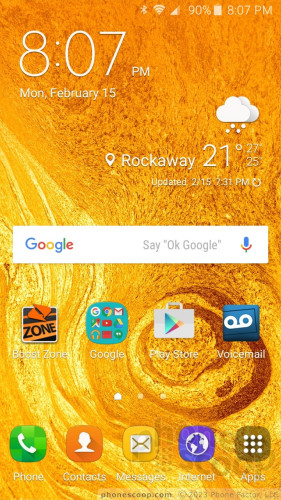
Out of the box, the J3 has three active home screens, two of which have a smattering of Samsung and Boost apps installed. A dock along the bottom holds four app shortcuts plus access to the app drawer. The Quick Settings panel makes use of Samsung colors and organization. You can still toggle on/off most radios and other base functions, and Samsung lets you edit where the toggles appear. As per the norm on a Samsung handset, the app drawer is arranged in side-by-side panels (like iOS), rather than vertical panels. You can arrange the apps alphabetically, stick them in folders, or arrange them however you wish. You can't uninstall any of the apps (lame), but you can disable them.
Annoyingly, the only three themes (which modify fonts, colors, and icons) preinstalled on the J3 are the same ones Samsung has been including on its phones for a full year. More are available for download, but what gives here, Samsung? Can't you change it up at all?
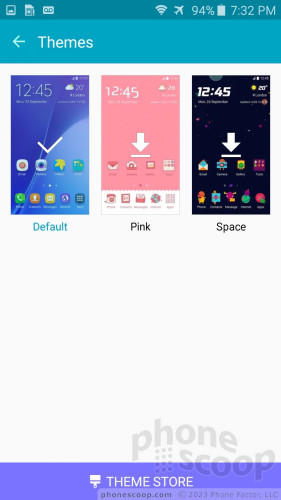
The settings tools feature six quick settings at the top, with the full list tucked below. You can edit which settings appear at the top, which is helpful. You can't mess with the way the rest of the settings panel is organized, but you can search through it. Sometimes searching is the best option.
A Qualcomm Snapdragon 410 processor clocked at 1.2 GHz with 1.5 GB of RAM motivates the Galaxy J3. This engine is more than adequate to keep the J3 up and humming smoothly. I have zero complaints about the smartphone's performance, which felt speedy at all tasks save for updating/installing apps.
Camera
The J3 doesn't have a dedicated camera button, but a quick double press of the home button will launch the camera, whether the phone is locked or being used. I like this feature. The camera launches quickly. The camera UI is more or less the same one we've seen from Samsung for the last year or more. It doesn't have all the fancy features that Samsung's flagship phones boast, but the basic UI is identical.
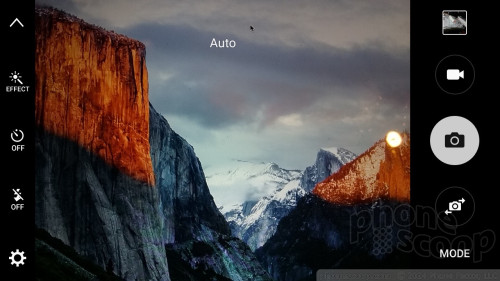
At its simplest, the J3's camera includes shutter controls and access to the shooting modes and recent photos on the left. There are two shutter buttons, one for pictures and one for video, and the shooting modes include auto, pro, panorama, burst, beauty face, sound & shot, and sports. An arrow on the left side of the camera UI will drop down a set of icons that let you access effects (sepia, etc.), the timer, flash, and full settings. The settings are rather limited. You can play with the resolution, location tags, grid lines, and so on.
When in auto mode, the camera lets you point and shoot. You tap the screen to set focus, but otherwise it's pretty basic. The pro mode adds controls for white balance, exposure, ISO, and metering. These tools aren't available in the auto setting. I suggest you stick with the pro mode if you want to have even this modest amount of control over the camera's behavior. The rest of the shooting modes perform more or less as you'd expect them to, and have been a staple feature of Samsung phones for some time.
The user-facing camera includes several imaging tools. For example, this is where you'll get the most use out of the Beauty Face tool, which adds a level of beautification to your selfies. It smoothes out skin imperfections, but I find you have to keep its strength settings at a minimum unless you want to look like like you're wearing 10 pounds of makeup.
The J3's camera does everything relatively fast. It's not the fastest camera in the world, but it's fast enough most of the time.
Photos
The J3's camera captures a maximum of 5 megapixels, which puts it at the low end of the scale as far as resolution is concerned. It does a surprisingly good job, however, and I was generally pleased with focus, white balance, and exposure. If it had trouble anywhere, it was with exposure and, in particular, balancing out contrast-y scenes with lots of light and dark spaces. Even then, it was decent. I was most surprised at the lack of grain in images, especially low-light shots. Samsung did a good job with this camera, despite the phone's humble ambitions.
The video camera is limited to 720p HD video and it does about as well as the regular camera. Video is sharp, well exposed, and accurate in terms of color. I saw some grain here and there in low-light video, but it was hardly upsetting.
The 2-megapixel selfie camera is next to worthless. I mean, if you're outdoors and want to be sure your face is in that shot with the Eiffel Tower, then, yeah, it gets the job done. If you're serious about your selfie game, however, you'll be disappointed with the soft focus and loads of distracting grain.
Praise for the rear camera aside, the J3 is really only adequate for everyday imaging and video needs. Use a real camera or real video camera if you have to capture important events.
Boost / Samsung Stuff
Samsung is notorious for cramming all sorts of garbage apps onto its devices. The J3 skips some of the most onerous Samsung junk, but is still rather full of apps I don't want or need. To start, it has a whole suite of Amazon apps (shopping, music, photos, video) and Galaxy apps (Milk Music, Galaxy App Store). Samsung added Microsoft's productivity tools (Word, Excel, OneDrive, OneNote, PowerPoint), but there are only a few Boost Mobile apps (Zone, Gadget Guardian). What I find annoying on this phone is that you can't delete those apps at all. You can only disable them, which leaves them on the phone and puts them into a sort of hibernation mode. With 16 GB of storage — only 10.9 GB of which you have access to — you'll do well to add a memory card.
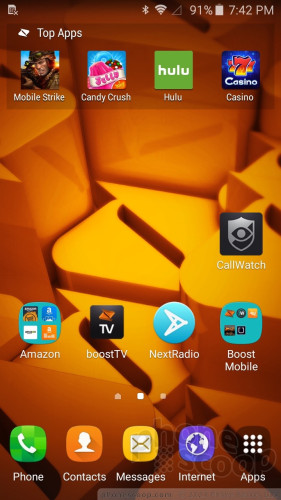
Wrap-Up
The Samsung Galaxy J3 is a simple phone that doesn't necessarily aim high, but hits the intended mark head on.
For $180, the J3 falls about in the middle of Boost Mobile's lineup. There are a number of phones in the $80 - $120 range, and a handful in the $200 - $280 range before you reach the flagships at $400 and up. The J3 is worth every penny of the $180 and is a better option than most of the devices filling up the bottom of Boost's shelves.
The J3 has a conservative design and average build, but it is easy to hold and use. The removable battery and memory card will be a benefit to many. The screen is above par for this class of device, as is battery life. I found call quality so-so and saw less-than-stellar performance from the Bluetooth and GPS radios. The Android user interface is functional and feature-rich, though some may dislike Samsung's customizations.
In sum, the Samsung Galaxy J3 is perfect for those seeking a sub-$200 phone from Boost Mobile.

Comments
Can Not Receive MMS Messages While my WI-FI is TURNED ON
If I turn off my wi-fi I can receive MMS messages but while my wi-fi is turned on I CAN NOT RECEIVE MMS messages...
(continues)


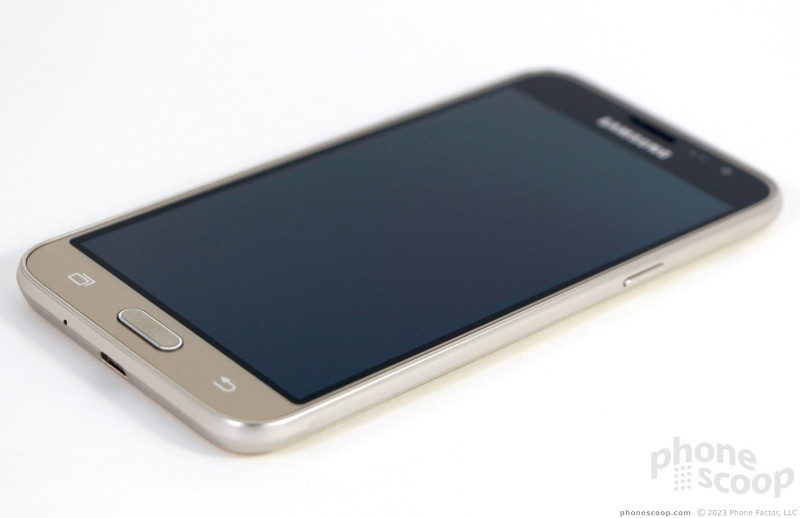















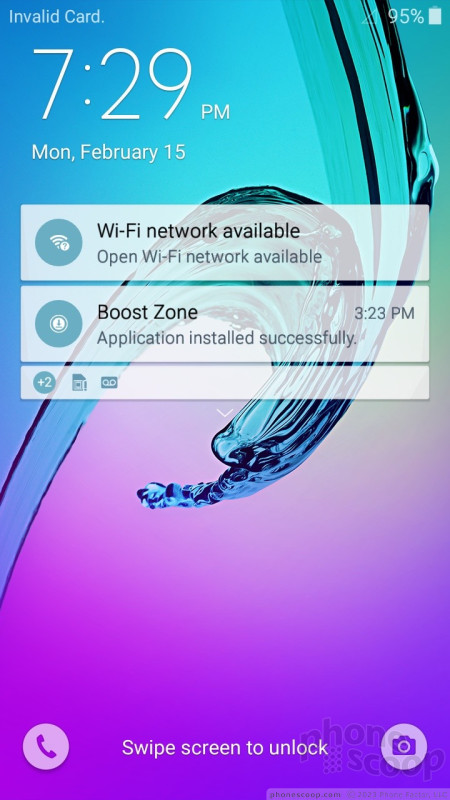



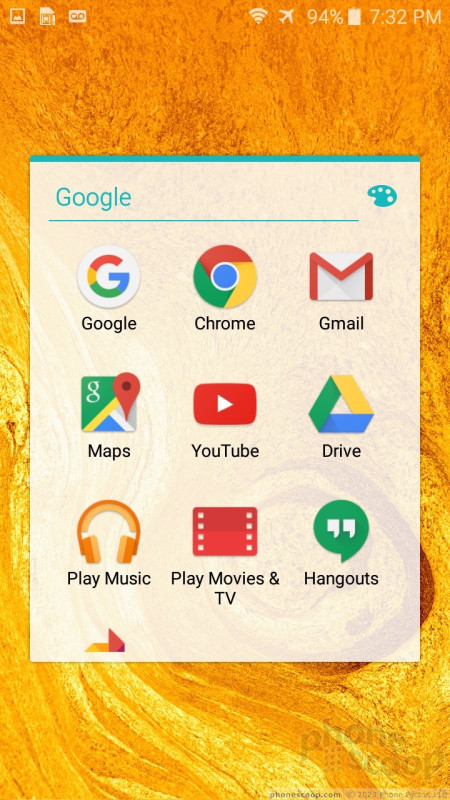






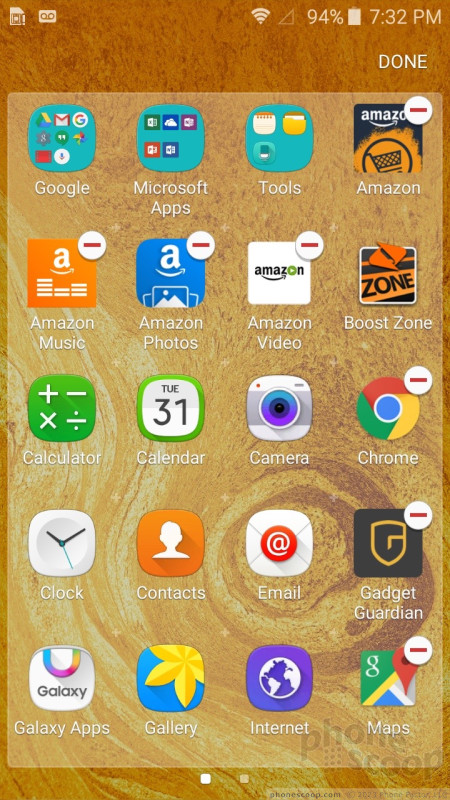








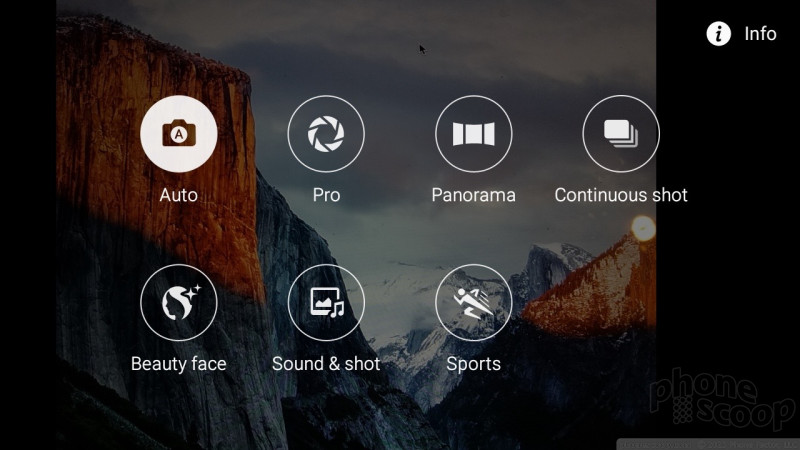







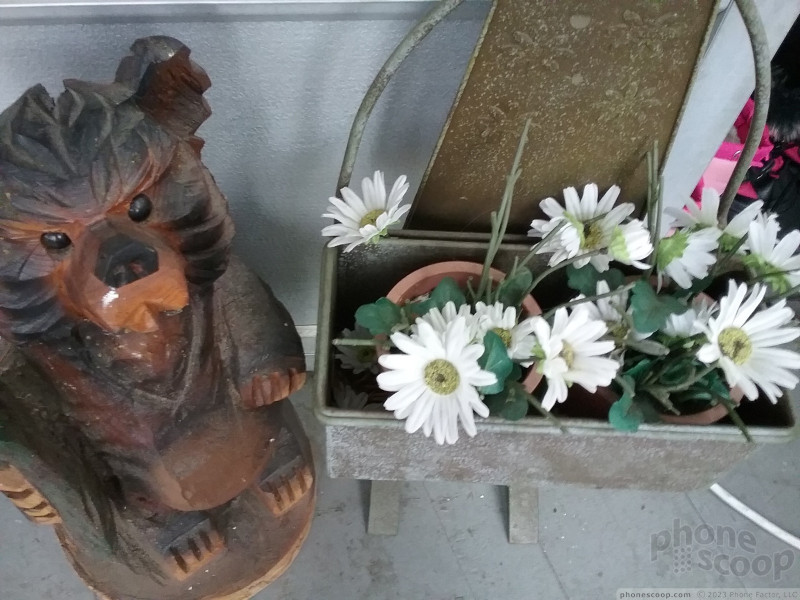










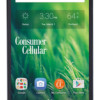 Consumer Cellular Adds Alcatel Pop 3 and Others to Lineup
Consumer Cellular Adds Alcatel Pop 3 and Others to Lineup
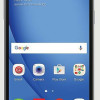 Verizon Picks Up Samsung's Galaxy J3
Verizon Picks Up Samsung's Galaxy J3
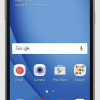 Verizon Prepaid Selling Samsung Galaxy J3 for $110
Verizon Prepaid Selling Samsung Galaxy J3 for $110
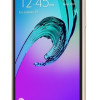 Boost and Virgin to Sell Samsung Galaxy J3
Boost and Virgin to Sell Samsung Galaxy J3
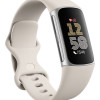 Google's New Fitbit Blurs the Line Between Tracker and Smartwatch
Google's New Fitbit Blurs the Line Between Tracker and Smartwatch
 Samsung Galaxy J3 (2016, CDMA)
Samsung Galaxy J3 (2016, CDMA)




